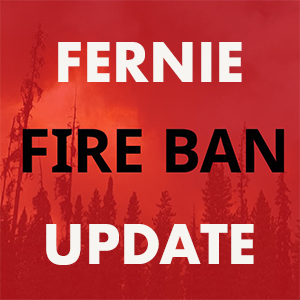
Winter road conditions across most of B.C. often include snow and ice and most B.C. highways have high mountain passes where you are likely to encounter winter weather starting in October. Here in the Elk Valley winter weather is common throughout this period and winter tires are mandatory.
It is the responsibility of the operator of a vehicle to understand the conditions on roads they regularly drive and equip their vehicle for those conditions. Winter tires or chains are required on all roads in the Elk Valley and Southeastern British Columbia from October 1 to April 30. Our are marked with regulatory signs posted on highways throughout the province.

These signs are enforced by the police, ministry or other enforcement officials. Motorists who are not compliant may be turned away and fined.
What is a Legal Winter Tire in B.C.?
A legal winter tire (on a standard passenger vehicle or a four-wheel/all-wheel vehicle) MUST have at least 3.5 mm of tread depth.
A winter tire must be labelled with either of the following:
– The letters “M” and “S”, the minimum legal requirement (mud + snow/all season tires)
– The 3-peaked mountain/snowflake symbol (some manufacturers label with both the mountain snowflake and the M+S symbol)
3-peaked mountain/snowflake tires offer better traction on snow and ice. BC recommends drivers install 3-peaked mountain/snowflake tires for cold weather driving and, for extreme conditions, carry chains.
Studds are legal on BC roads and and offer superior traction on ice and packed snow, go all the way to protect yourself and others on the winter roads.
Summer tires are not permitted for driving during designated winter months. Chains on summer tires are not an acceptable substitute for legal winter tires on signed B.C. highways.
Stay safe this winter driving season, slow down and use the best winter tires available.
























